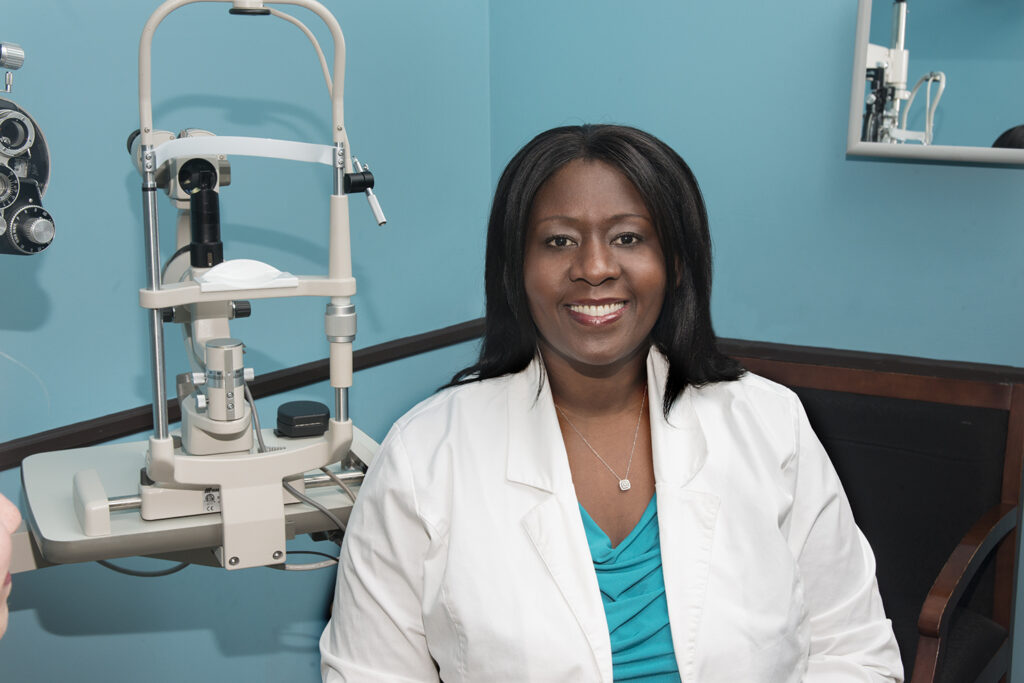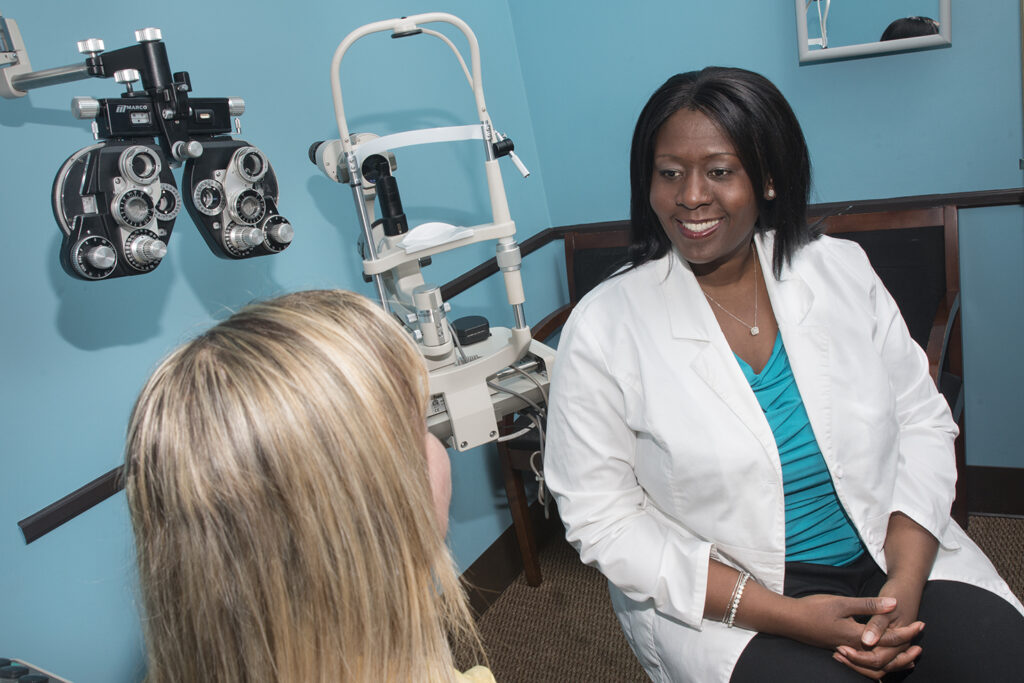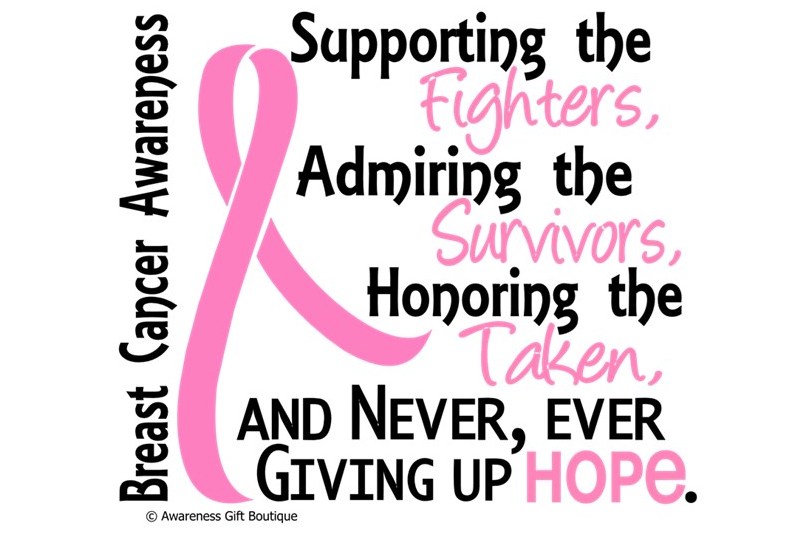World Sight Day

Celebrating Vision and Promoting Eye Health
Every second Thursday of October, we celebrate World Sight Day, an international day of awareness to focus attention on the global issue of eye health. For women optometrists, this day is particularly significant as it highlights the importance of vision care and the impact that eye health has on overall well-being. This blog explores the significance of World Sight Day, the current global challenges in eye health, and how we can contribute to improving vision care for all.
The Significance of World Sight Day
World Sight Day is organized by the International Agency for the Prevention of Blindness (IAPB) and serves as a reminder of the importance of eye health. It brings together a global community of individuals, organizations, and governments to advocate for universal access to eye care and to combat avoidable blindness and visual impairment.
Inspirational Example: Helen Keller, one of the most influential advocates for people with disabilities, once said, “The only thing worse than being blind is having sight but no vision.” Her words underscore the importance of vision beyond just the physical ability to see—it is about having the insight and determination to improve the lives of those affected by visual impairments.
Global Challenges in Eye Health
Despite significant progress in eye care, many challenges remain. According to the World Health Organization (WHO), at least 2.2 billion people globally have a vision impairment, and nearly half of these cases could have been prevented or have yet to be addressed.
1. Accessibility: Many people, particularly in low- and middle-income countries, lack access to essential eye care services. This leads to untreated conditions that could easily be managed or cured with proper medical attention.
Example: In some rural areas of Africa, Asia, and Latin America, access to eye care professionals and facilities is extremely limited. Mobile clinics and outreach programs have been crucial in bringing eye care services to these underserved populations.
2. Awareness: There is a lack of awareness about the importance of regular eye exams and early detection of eye diseases. Many individuals do not seek eye care until they experience significant vision problems.
Psychological Insight: Studies show that regular eye exams can detect conditions like glaucoma, diabetic retinopathy, and age-related macular degeneration early on. Early detection and treatment are key to preventing vision loss and maintaining quality of life.
3. Affordability: The cost of eye care and corrective lenses can be prohibitive for many people. Ensuring that eye care is affordable and accessible to all is a critical challenge.
Inspirational Example: Programs like “Vision for a Nation” in Rwanda have made significant strides in providing affordable eye care. By training nurses to conduct eye exams and distribute glasses, the program has dramatically improved vision care accessibility.
How to Support World Sight Day
1. Raise Awareness: Use your platform to educate your patients and community about the importance of eye health. Share information about common eye conditions, the benefits of regular eye exams, and preventive measures.
Example: Host a community seminar or webinar on eye health, discussing topics like digital eye strain, the importance of UV protection, and how nutrition impacts vision.
2. Provide Community Services: Organize free or discounted eye exams for underserved communities. Partner with local organizations to reach those who may not have access to regular eye care.
3. Advocate for Eye Health: Support policies and initiatives that promote eye health and ensure access to eye care services. Advocacy can lead to systemic changes that benefit entire communities.
4. Support Vision Care Organizations: Donate to or volunteer with organizations dedicated to improving global eye health. Your contributions can help fund essential services, research, and outreach programs.
Inspirational Example: The Lions Clubs International Foundation has been a leader in supporting vision-related initiatives worldwide. Through their SightFirst program, they have provided funding for cataract surgeries, vision screenings, and the distribution of glasses to millions of people.
Conclusion
World Sight Day is an opportunity to celebrate the gift of vision and to recognize the ongoing efforts to improve eye health globally. As women optometrists, you play a vital role in this mission. By raising awareness, providing essential services, and advocating for better eye care, you can make a significant impact on the lives of those affected by visual impairment.
Let’s use this World Sight Day to renew our commitment to eye health and to work towards a future where everyone has access to the vision care they need. Together, we can ensure that vision is not just a privilege for some, but a right for all. Happy World Sight Day!





